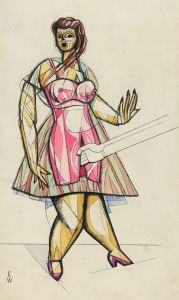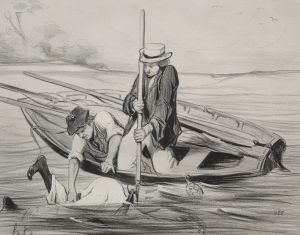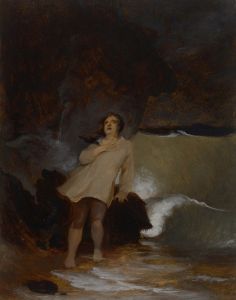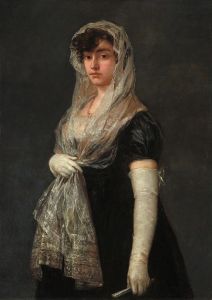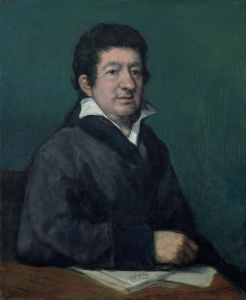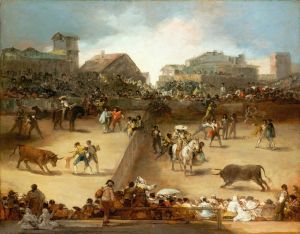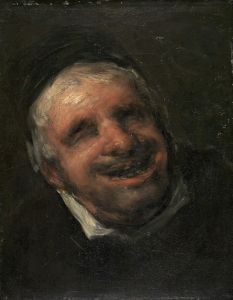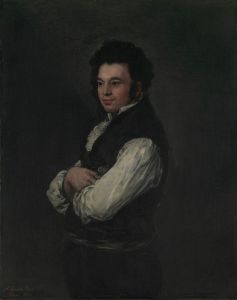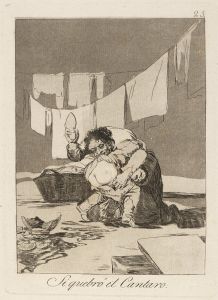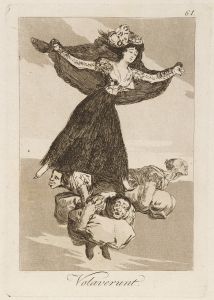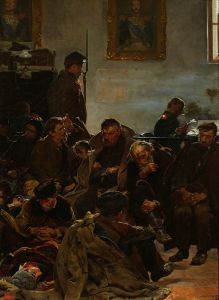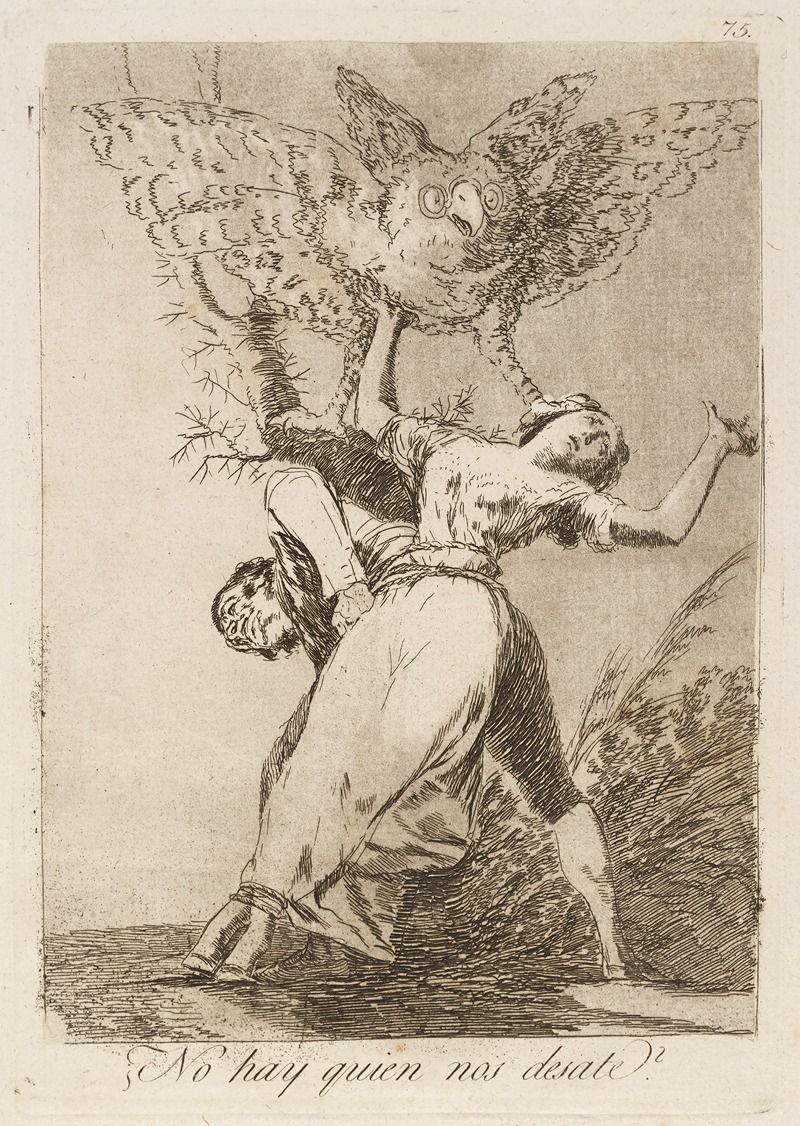
No hay quien nos desate
A hand-painted replica of Francisco de Goya’s masterpiece No hay quien nos desate, meticulously crafted by professional artists to capture the true essence of the original. Each piece is created with museum-quality canvas and rare mineral pigments, carefully painted by experienced artists with delicate brushstrokes and rich, layered colors to perfectly recreate the texture of the original artwork. Unlike machine-printed reproductions, this hand-painted version brings the painting to life, infused with the artist’s emotions and skill in every stroke. Whether for personal collection or home decoration, it instantly elevates the artistic atmosphere of any space.
"No hay quien nos desate" (There is no one to untie us) is a painting by the renowned Spanish artist Francisco de Goya. Created in 1799, this work is part of Goya's series of prints known as "Los Caprichos," which consists of 80 aquatint and etching prints. "No hay quien nos desate" is plate number 75 in this series.
Francisco de Goya y Lucientes (1746-1828) was a prominent Spanish painter and printmaker, often regarded as the last of the Old Masters and the first of the moderns. His works encompass a wide range of subjects, from royal portraits to scenes of war and social criticism. "Los Caprichos" is one of his most famous series, known for its satirical and critical depiction of Spanish society at the time.
The "Los Caprichos" series was created during a period of significant personal and political turmoil for Goya. He had become increasingly disillusioned with the corruption, superstition, and folly he perceived in Spanish society. This disillusionment is reflected in the dark, often grotesque imagery of the series. Goya used the prints to critique the social, political, and religious institutions of his time, employing a combination of fantastical and realistic elements.
In "No hay quien nos desate," Goya depicts two figures bound together by a rope, symbolizing a lack of freedom or the inescapable nature of certain societal constraints. The figures appear to be struggling, yet there is a sense of resignation in their posture, suggesting that they are trapped in a situation from which they cannot escape. The title, which translates to "There is no one to untie us," reinforces this theme of entrapment and helplessness.
The technique used in "No hay quien nos desate" is a combination of etching and aquatint, which allows for a range of tonal variations and intricate details. Goya was a master of these techniques, and his skill is evident in the delicate lines and rich textures of the print. The use of light and shadow adds to the dramatic effect, highlighting the tension and despair of the figures.
"Los Caprichos" was initially published in 1799, but due to its controversial content, Goya withdrew the series from public sale shortly after its release. The prints were later acquired by the Spanish Crown and are now housed in various museums and collections around the world. "No hay quien nos desate" remains a powerful example of Goya's ability to convey complex social commentary through his art.
Goya's work, including "No hay quien nos desate," continues to be studied and admired for its technical mastery and profound insight into the human condition. His influence can be seen in the works of many later artists, and his legacy as a critical observer of society endures to this day.






